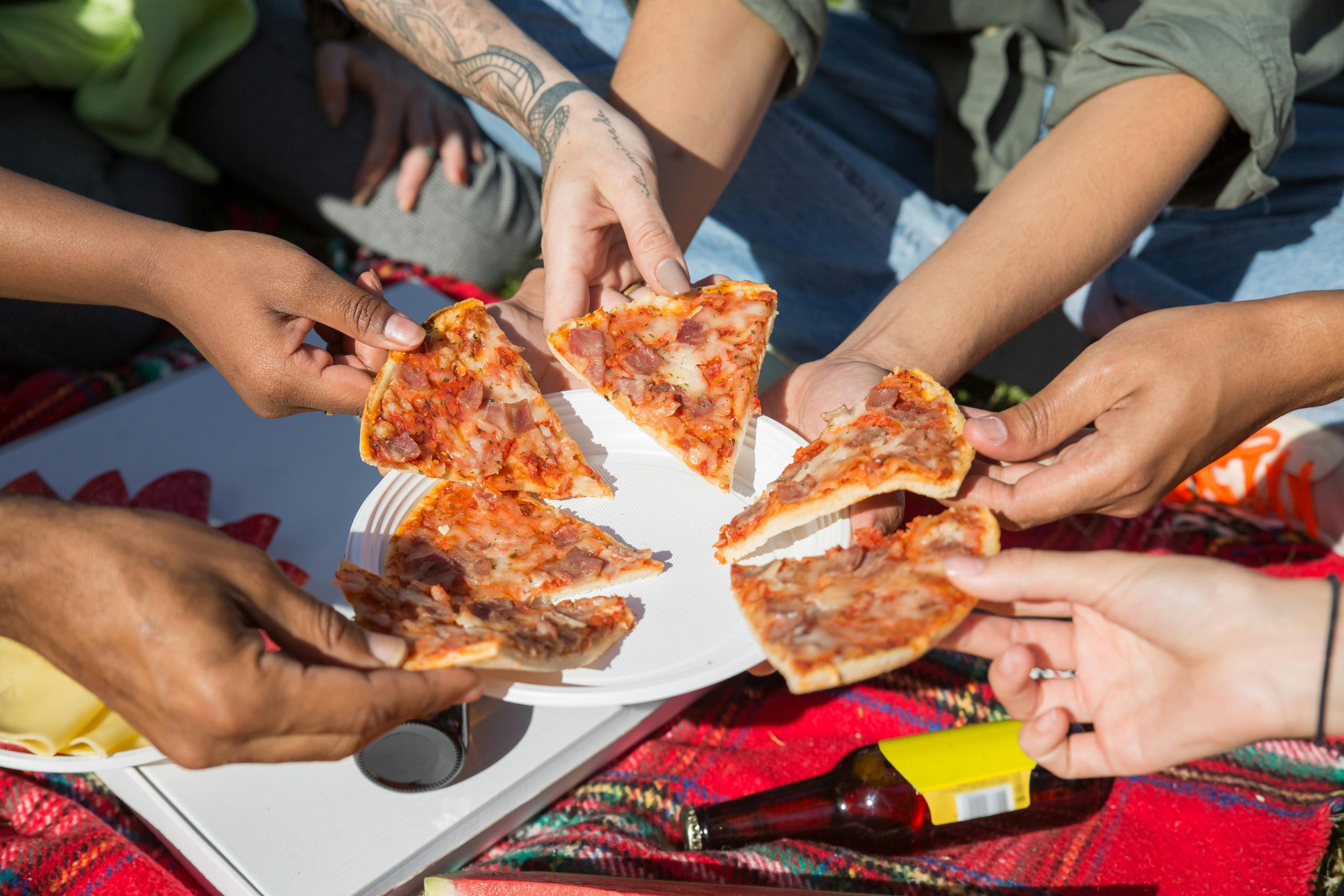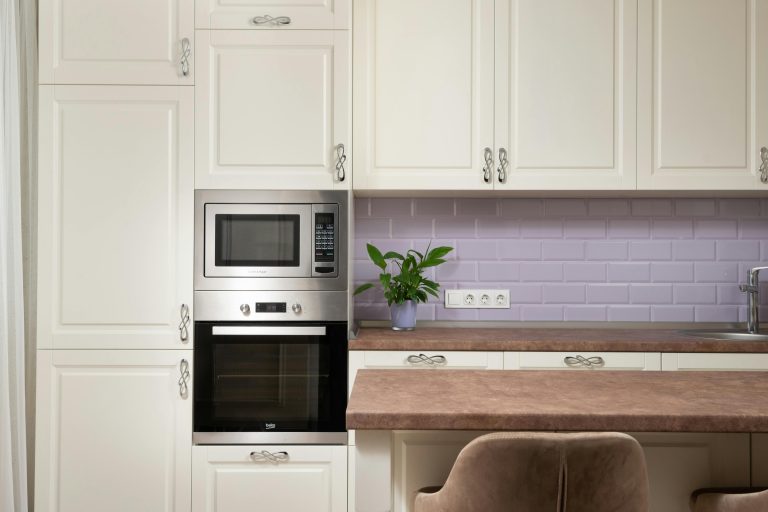Can You Microwave Paper Plates? A Comprehensive Guide
Microwaving food has become a standard practice in households around the world, providing a quick and efficient way to prepare meals. With the vast array of food containers available, it’s common to wonder about the safety of different materials in the microwave. One such question is: Can you microwave paper plates? In this article, we will explore the types of paper plates, safety concerns, best practices, and alternative options to ensure a safe microwaving experience.
Types of Paper Plates
- Plain Paper Plates: These are usually made from recycled paper and are free of any coatings. They are lightweight and biodegradable but may not hold up well in the microwave.
- Styrofoam paper Plate: Styrofoam paper plates are lightweight, disposable plates made from expanded polystyrene foam. While they are durable and suitable for hot and cold foods, they are not biodegradable and can take a long time to decompose. Many are not microwave-safe, so check the packaging for safety guidelines.
- Coated Paper Plates: These plates have a plastic or wax coating that makes them more resistant to moisture and grease. However, the coating can affect their safety when heated in the microwave.
- Microwave-Safe Paper Plates: Some paper plates are specifically labeled as microwave-safe. These are designed to withstand microwave temperatures without warping or releasing harmful substances.
Can You Microwave Paper Plates?
In general, microwaving paper plates can be safe, but there are several factors to consider. Here’s a breakdown of the key points to keep in mind:
Safety Considerations
- Check for Microwave-Safe Labels: Always look for any labels indicating that the paper plate is microwave-safe. These products are tested to ensure they can withstand microwave heat without melting or leaching chemicals.
- Avoid High-Fat and High-Sugar Foods: Foods with high-fat content or high sugar can reach high temperatures and may cause the paper plate to warp or burn. If you’re microwaving such foods, consider using a different container.
- Limit Microwaving Time: Prolonged exposure to microwave heat can lead to the degradation of the plate, even if it’s labeled as microwave-safe. Use shorter cooking times and check for any signs of damage.
- Avoid Metal Foil: Some paper plates may have metallic embellishments or coatings. If you notice any shiny or metallic elements, avoid microwaving, as these can cause sparks and fires.
- Monitor for Signs of Damage: If you notice any warping, melting, or discoloration while microwaving, stop immediately. This indicates that the plate is not safe for microwave use.
Potential Risks
Microwaving paper plates can pose several risks, particularly if the plate is not designed for such use:
- Chemical Leaching: Non-microwave-safe paper plates may contain chemicals that can leach into food when heated. This is especially concerning with plates that have plastic coatings.
- Fire Hazard: If paper plates are exposed to high temperatures for too long, they can ignite, leading to a potential fire hazard in the microwave.
- Uneven Heating: Paper plates may not heat food evenly, resulting in hot spots that can cause burns when consuming food.
Best Practices for Microwaving Paper Plates

If you choose to microwave paper plates, follow these guidelines to ensure safety:
- Use Microwave-Safe Plates: Opt for paper plates that are specifically labeled as microwave-safe to minimize risks. These plates are designed to withstand microwave temperatures.
- Cover Your Food: Use a microwave-safe cover to prevent splatters and retain moisture while microwaving. This will also help to ensure even heating.
- Stir or Rotate Food: If you’re microwaving multiple items, stir or rotate the food halfway through to promote even heating and prevent hot spots.
- Avoid Overheating: Keep an eye on the food as it cooks, and avoid excessive heating. If the food is not heated through, consider using a different container.
- Check Temperature Before Consuming: Always check the temperature of the food before eating, especially if it has been microwaved on a paper plate. Ensure it has reached a safe internal temperature.
Alternatives to Paper Plates for Microwaving
If you are concerned about the safety of microwaving paper plates, consider using the following alternatives:
- Glass Containers: Glass is a microwave-safe material that does not leach chemicals. Look for microwave-safe glass dishes or containers.
- Ceramic Dishes: Ceramic is another safe option for microwaving. Ensure that there are no metallic elements, such as trim or paint, before microwaving.
- Silicone Containers: Silicone is a flexible and microwave-safe material that can withstand high temperatures, making it an excellent alternative for reheating food.
- Microwave-Safe Plastic Containers: Some plastic containers are specifically designed for microwave use. Look for BPA-free options labeled as microwave-safe.
- Reusable Food Wraps: Consider using microwave-safe food wraps made from materials like beeswax or silicone to cover dishes while microwaving.
Environmental Considerations
While paper plates are convenient, they also raise environmental concerns due to their disposable nature. Here are some points to consider regarding the environmental impact of paper plates:
- Biodegradability: Plain paper plates are typically biodegradable, but coated plates may take longer to break down and can contribute to landfill waste.
- Recycling Challenges: While paper is recyclable, many recycling programs do not accept paper plates, especially if they are soiled with food. This can lead to an increased amount of waste.
- Sustainable Alternatives: Explore reusable alternatives like glass, ceramic, or stainless steel containers to reduce waste and environmental impact.
Conclusion
In conclusion, microwaving paper plates can be safe, provided you take the necessary precautions and choose the right type of plate. Always look for microwave-safe labels, monitor cooking times, and avoid high-fat or high-sugar foods that can pose risks. By following best practices for microwaving, you can enjoy the convenience of paper plates while ensuring your health and safety.
As concerns about health and the environment continue to grow, considering alternatives to disposable paper plates can lead to more sustainable choices in your kitchen. By being mindful of your choices, you can create a safer and more environmentally friendly cooking experience.
Key Takeaways
- Microwaving paper plates can be safe if they are labeled as microwave-safe.
- Check for coatings that may not be microwave-safe and avoid plates with metallic elements.
- Consider alternatives like glass, ceramic, or silicone containers for safer microwaving options.
- Be aware of environmental impacts and explore sustainable choices to reduce waste.
By being informed about the safety of microwaving paper plates and making thoughtful choices, you can enjoy the convenience of quick meal preparation while prioritizing your health and the environment.

